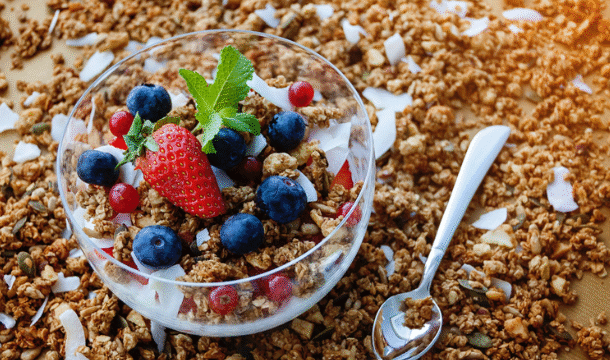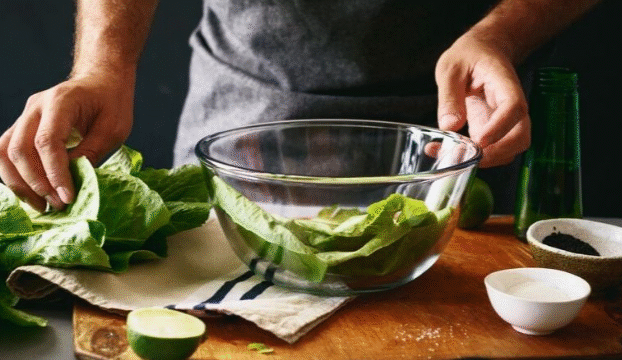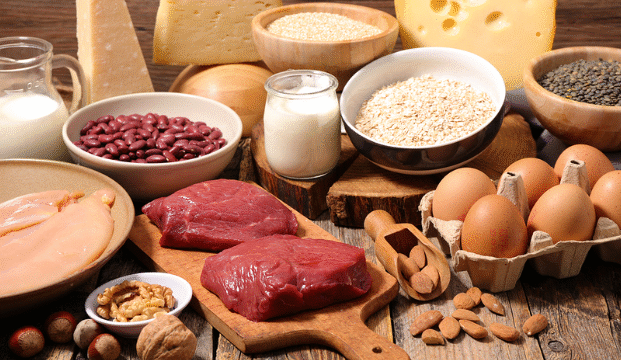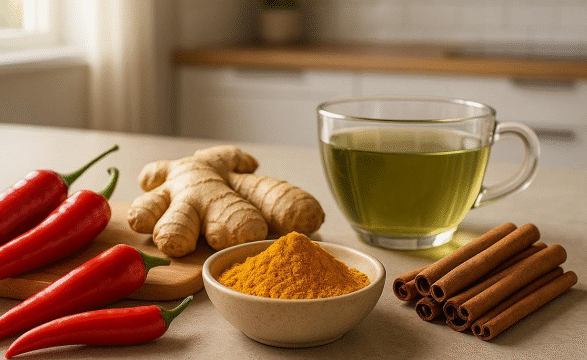1.
Fill Half Your Plate with Vegetables
Vegetables are low in calories but rich in fiber, vitamins, and minerals.
Filling half your plate with colorful veggies ensures volume without extra calories.
- Best picks: leafy greens, broccoli, cauliflower, zucchini, peppers, carrots.
- Tip: Mix raw and cooked options to add variety and texture.
2. Add Lean Protein (About One-Quarter of the Plate)
Protein is key for satiety and muscle maintenance. It helps curb hunger and supports a healthy metabolism.
- Best picks: chicken breast, turkey, eggs, fish, tofu, lentils, beans.
- Tip: Aim for about the size of your palm when portioning protein.
3. Include Whole Grains or Starchy Veggies (One-Quarter of the Plate)
Whole grains provide fiber and slow-digesting carbs, which keep you full and prevent energy crashes.
- Best picks: quinoa, brown rice, oats, sweet potatoes, corn.
- Tip: Swap refined carbs for whole grains whenever possible.
4. Don’t Forget Healthy Fats
Healthy fats add flavor, aid nutrient absorption, and increase satiety. Use them in moderation to round out your plate.
- Best picks: avocado, olive oil, nuts, seeds, fatty fish.
- Tip: A small handful of nuts or a drizzle of olive oil is enough.
5. Pay Attention to Portion Balance
A balanced plate can help control calories without the need for strict measuring.
- Simple formula:
- ½ plate non-starchy vegetables
- ¼ plate lean protein
- ¼ plate whole grains or starchy vegetables
- 1–2 servings of healthy fats added thoughtfully
6. Add Flavor Without Extra Calories
Use herbs, spices, citrus juice, and vinegar instead of heavy sauces to enhance meals. This keeps dishes delicious while staying light.
7. Example of a Weight Loss Plate
- ½ plate: roasted broccoli, carrots, and leafy greens
- ¼ plate: grilled salmon or chickpeas
- ¼ plate: quinoa or sweet potato
- Healthy fat: drizzle of olive oil or sliced avocado






